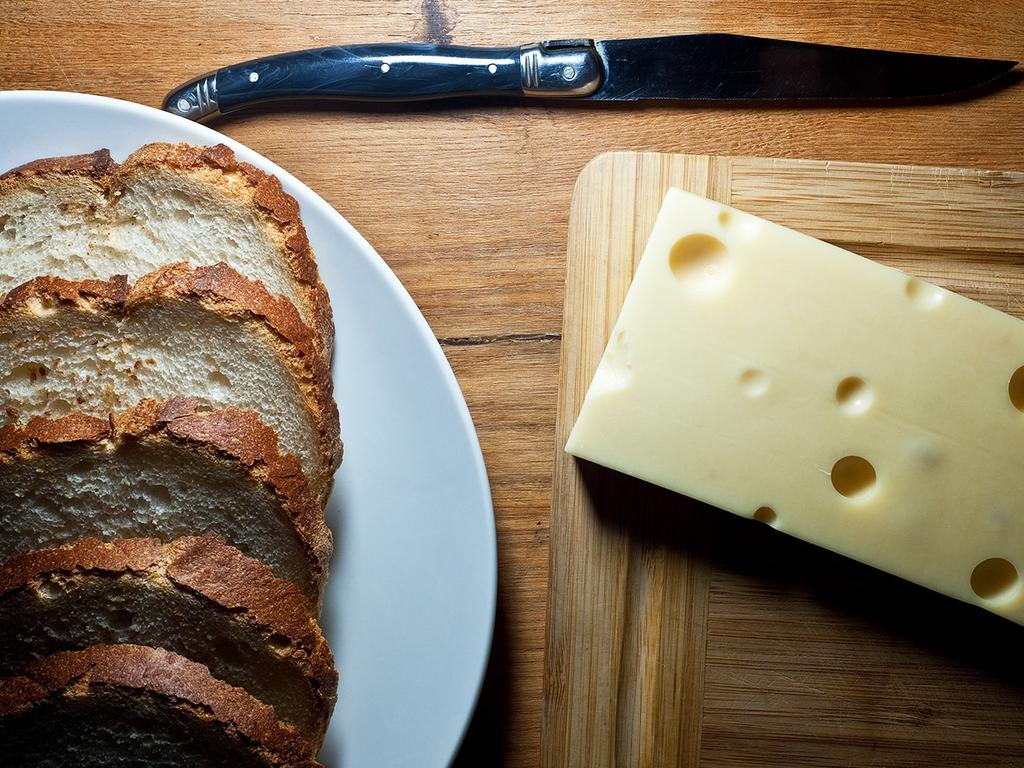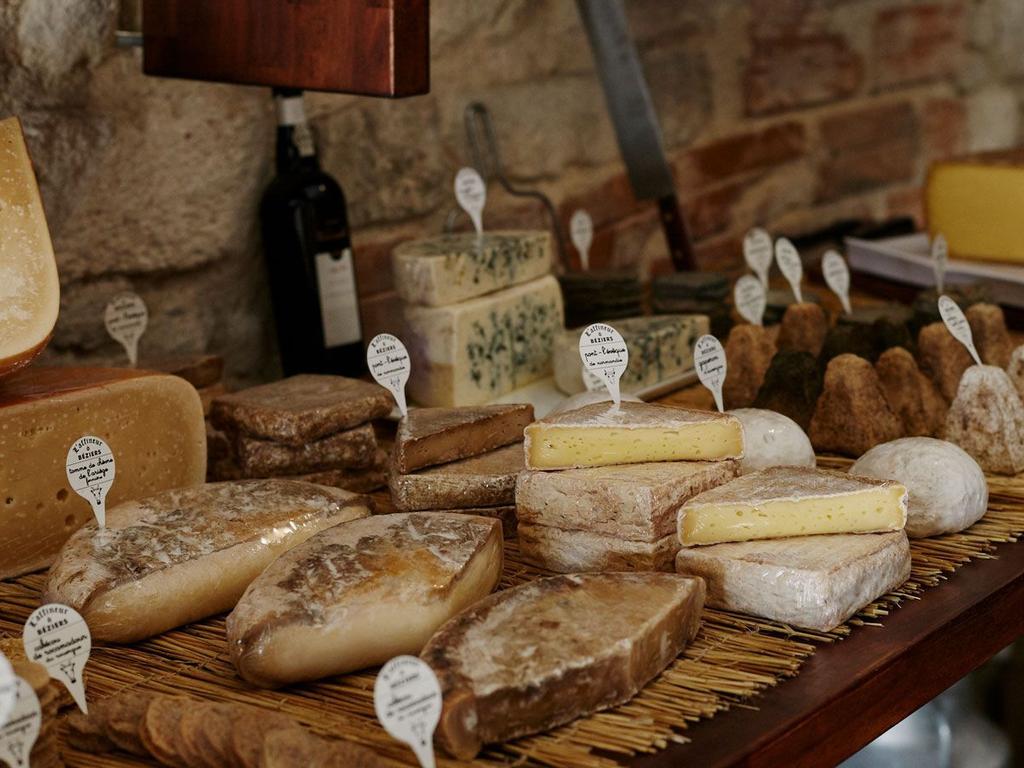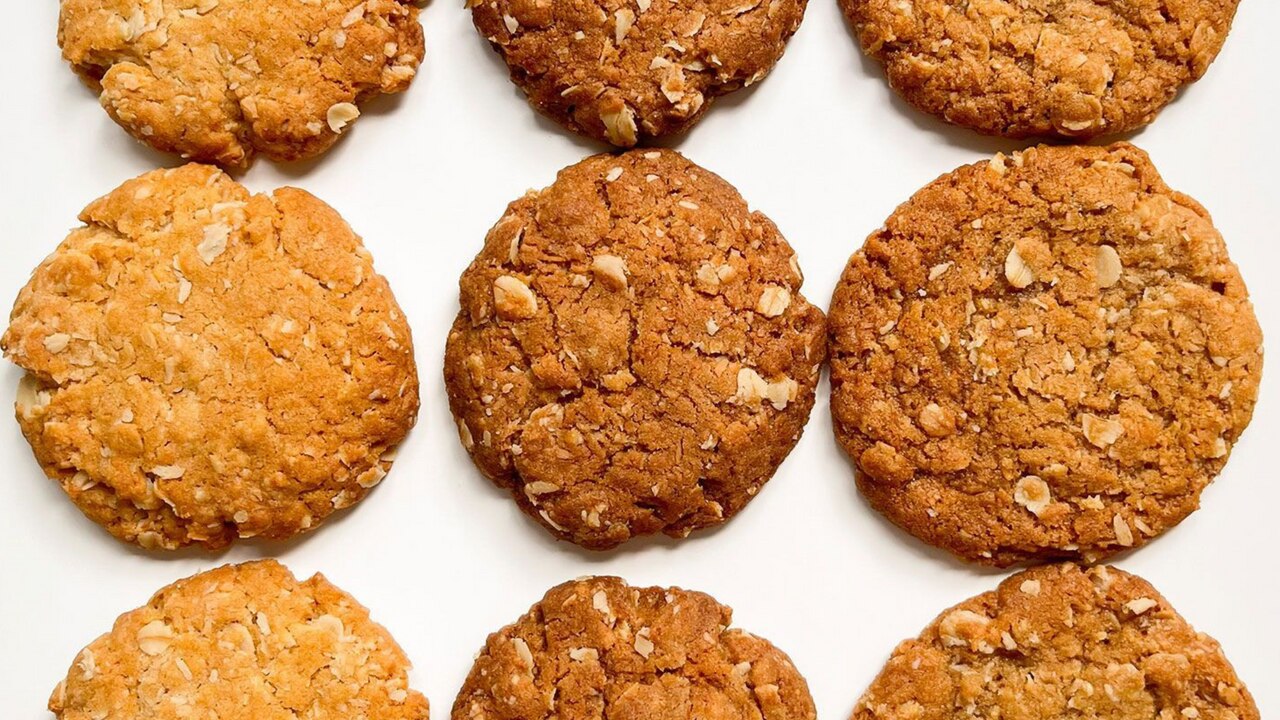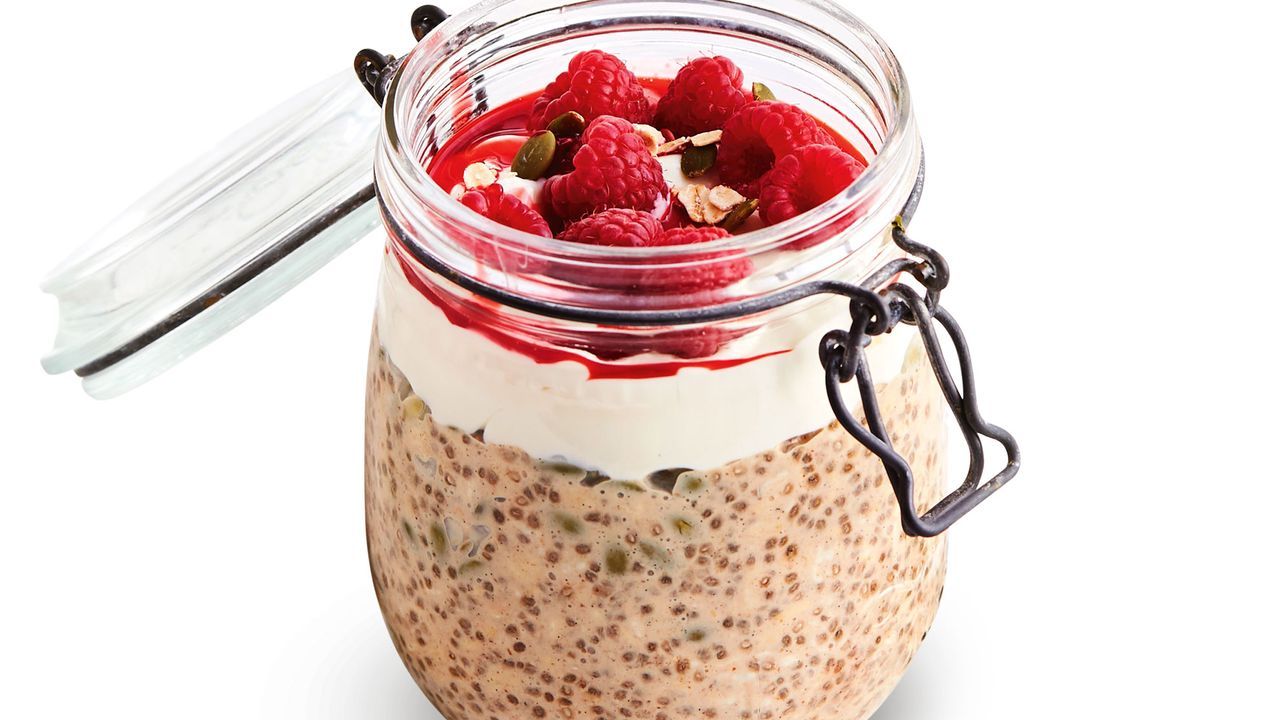The internet is just learning what causes the holes in Swiss cheese
Hold tight because you’re in for a very scientific - but yummy - ride as science explains how cheese gets its holes.

Food
Don't miss out on the headlines from Food. Followed categories will be added to My News.
Beloved for its mild, sweet flavour as well as its unique pocked interior, many don’t think twice about what gives this sandwich staple its lewk.
The answer, as it turns out, is bacteria burps and dirt.
Don’t cringe just yet. It’s actually a very common and crucial part of the cheese making process.
When we refer to Swiss cheese, we’re talking about several varieties of medium-hard cheese that resemble Emmental cheese, including Havarti, Jarlsberg, Tilsit and Edam, many of which will develop bubbled holes of varying sizes.
Related story: Say cheese! Why you should be adding raw milk cheese to your cheeseboard

To make cheese, you need to add a starter culture (bacteria) to milk. As the cheese ferments, the bacteria grows and produces gas (carbon dioxide), leaving big, round openings that look like bubbles.
In fact, before we raised our hygiene standards, cheese used to have a lot more bubbles. Back in the days of yore, when we were working with a clean-ish bucket of milk from the dairy, the levels of bacteria were much higher and so were the quantity of bubbles.
In the mid 1990s, folks began noticing that the holes in Swiss cheeses were disappearing, right around the advent of introduced health and safety measures. It was determined by Swiss scientists at Agroscope that a lack of hay dust particles was to blame for the shrinking holes.
Related story: The best cheeses for your next fondue party

Bacteria would aggregate around the hay particles where they would produce more carbon dioxide. Less hay particles spells less holes.
Many mass-produced Swiss cheeses are also pasteurised, a process of heating the milk in order to kill off potentially harmful bacteria.
The more opportunities for contaminants, the higher the chance of the bubbles forming. A clean dairy results in less cross-contamination.
A dimpled slice of cheese shouldn’t be cause for alarm though, in fact the carbon dioxide created from fermentation is a key component in the cheese’s nutty flavour and totally more-ish texture.
Related story: We’re going underground to find cheese: meet Italy’s cheese bunkers
For more food, travel and lifestyle news, go to delicious.com.au
Originally published as The internet is just learning what causes the holes in Swiss cheese






